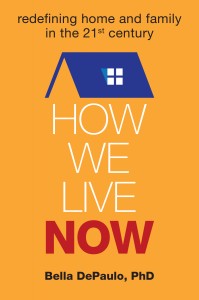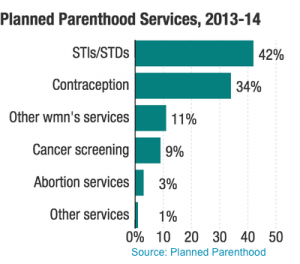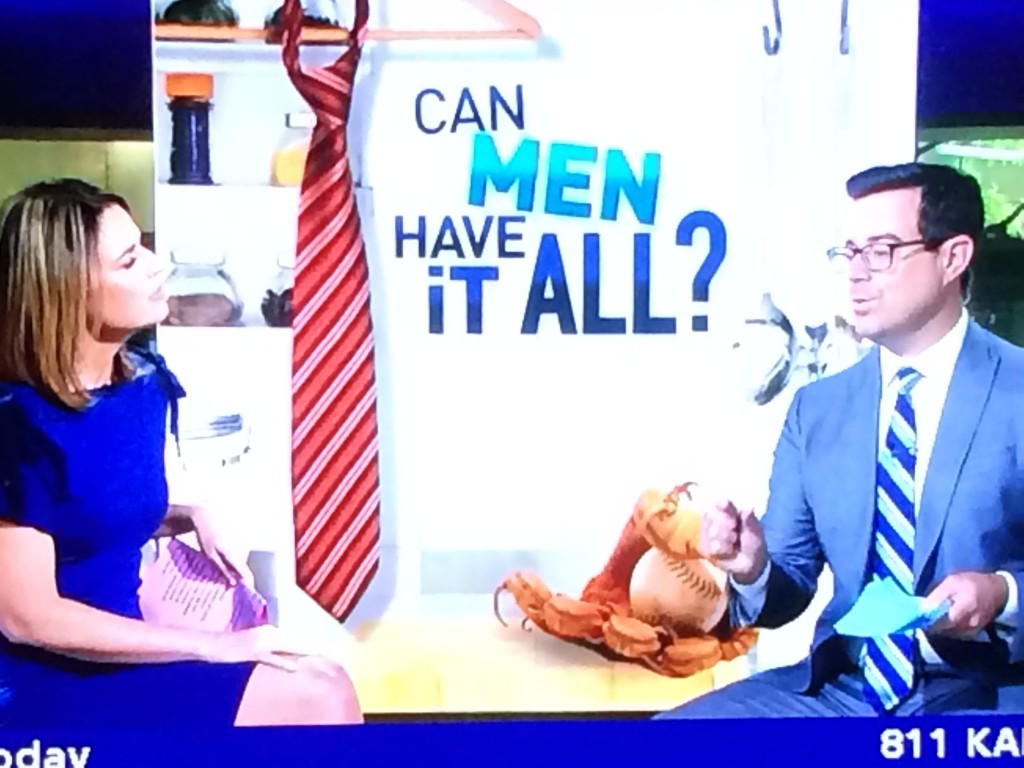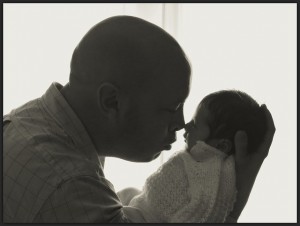
Public discourse in the U.S. has long viewed teen childbearing and nonmarital parenthood as social problems that threaten the well-being of women, children, and society at large. Popular media, like 16 and Pregnant and Teen Mom reinforce more academic assessments. That delaying teen births will benefit women seems so obvious that this assumption has received little empirical scrutiny. Our new research, however, challenges this conventional wisdom and further raises questions about the potential costs of encouraging young unmarried mothers to marry.
Analyzing 29 years of data on a nationally representative sample of 2,900 women, we find no evidence that delaying births from adolescence to early adulthood (age 20-24) improves women’s long-term health. In many ways, this is not surprising. As rates of college attendance and completion have grown, particularly among women, early adulthood has become an increasingly important time the acquisition of resources necessary for later socioeconomic attainment. Like teen births, births during this stage likely create barriers to educational and occupational success necessary to healthy functioning across the life course.
In fact, for white women, we find that it is only young adult births and not teen births that are linked to health detriments in midlife. Because teen mothers are more likely than young adult mothers to live with their parents, the greater availability of economic and instrumental support from parents may minimize the negative consequences of childbearing for white women. For black teen mothers, high levels of economic disadvantage may limit the resources their families can provide, with negative consequences for health later in life.
Contemporary demographic trends underscore the importance of our findings. Although teen childbearing has declined steadily for the last two decades, reaching its nadir in 2013, childbearing in the young adult years remains high. In 2010, nearly 30 percent of 1st births in the U.S. occurred to women between the ages of 20 and 24 (36% among African American women) and the majority of these births are nonmarital. The result is that the birth timing of a large proportion of U.S. women may place them at risk for health detriments in midlife.
Is Marriage the Answer? Declines in teen childbearing in the U.S. have occurred alongside an explosive growth in nonmarital childbearing, particularly among women in early adulthood. In approximately 20 years, rates of nonmarital childbearing have risen by 46%–from 28% of all births in 1990 to 41% in 2009. In conjunction with the 1996 welfare reform bill and its reauthorization in 2006, federal and state government has taken an increasingly active role in promoting marriage among low-income single mothers (a substantial proportion of whom had teen births) through efforts such as public advertising campaigns and relationship skills training. Yet whether marriage can improve outcomes for single women who had teen births is unknown.
Our findings suggest that subsequent marriage after a nonmarital early first birth (that occurs prior to the age of 24) may pose health risks for black women. Being unmarried at birth does not itself appear to be a health risk factor for black young mothers as long as they remain unmarried. Rather, those who subsequently marry have worse midlife health compared to similar young mothers who were married at birth and, more importantly, worse health than those who, by age 40, have never-married.
Explaining the health risks of later marriage for young unmarried black mothers is beyond the scope of our study, but prior research provides important clues. Given high levels of economic disadvantage and rates of male incarceration in their communities, black single mothers who later marry are disproportionately likely to marry men who have lack a high-school diploma and who have limited economic and occupational resources—factors known to be linked to high levels of stress and conflict in marriage. Our own previous research finds low levels of relationship quality and high rates of instability in the new unions that single mothers form. Thus, rather than being a source of emotional and instrumental support that is beneficial for health, subsequent marriage may introduce additional strains into the lives of Black young single mothers in ways that ultimately take a cumulative toll on their health.
What about Children? Improving the well-being of children is a central aim of efforts to reduce teen pregnancy and promote marriage among single parents. Much evidence indicates that children born to teen mothers are disadvantaged on a range of indicators of socioeconomic and educational attainment and they are more likely to experience early childbearing themselves, although the causal order here is unclear. Our study considers only mothers’ outcomes, but a growing body of research indicates that the impact of fertility timing and mother’s subsequent marriage on children’s well-being is more complex than previously believed. For example, research in Britain recently showed that children born to mothers in their early 20s fared worse on several socioeconomic and educational outcomes later in life than those born to older women. And earlier work by Elizabeth Cooksey using the same data as ours found that a mother’s subsequent marriage even to the child’s biological father did not close the gap in academic success between children born to young single mothers and those born to married mothers.
In sum, our findings for mothers indicate that it is important to consider how different groups of children are differentially affected by factors assumed to be universally harmful such as teen and nonmarital childbearing. Even well informed social policy based on empirical evidence may produce unintended negative consequences when average effects of complex social phenomena such as marriage and childbearing are assumed to apply equally to all.
Implications. Although it seems obvious that discouraging teen childbearing is a desirable goal, our results suggest that delaying childbearing to the young adult years offers few benefits to women’s health. In recent years, The National Campaign to Prevent Teen Pregnancy altered its title, now the National Campaign to Prevent Teen and Unplanned Pregnancy, to better address the rise in unplanned pregnancy occurring to women in their twenties. Our findings indicate that our myopia on the challenges inherent in becoming a mother immediately after the age of majority, together with a failure to consider race/ethnic differences in the likely impact of a range of reproductive and family policies may result in unintended negative consequences, often for the most disadvantaged or vulnerable groups.
This point also applies to our findings regarding the impact of marriage. Although decades of research indicate that married individuals are healthier on average than the unmarried, one cannot conclude that marriage is a panacea that will solve a range of individual and societal ills or that it is equally beneficial to all individuals. Our findings indicate that marriage may pose long-term health risks to some women who have births in adolescence or early adulthood. More broadly, they sound a cautionary note about the long-term consequences of attempts to intervene in women’s personal decisions about childbearing and marriage.
Kristi Williams is Associate Professor of Sociology, The Ohio State University and Senior Scholar at the Council on Contemporary Families.
You can view the press release for her study: Timing of First Child Influences Women’s Health at Age 40.











